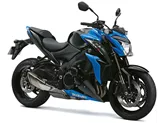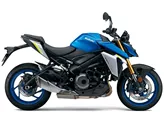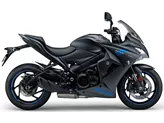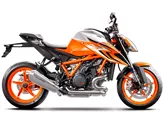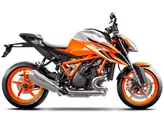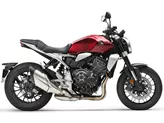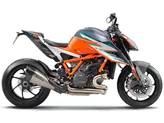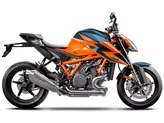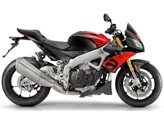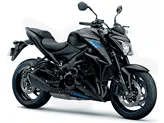KTM 1290 Super Duke R 2021 vs. Suzuki GSX-S1000 2022

KTM 1290 Super Duke R 2021
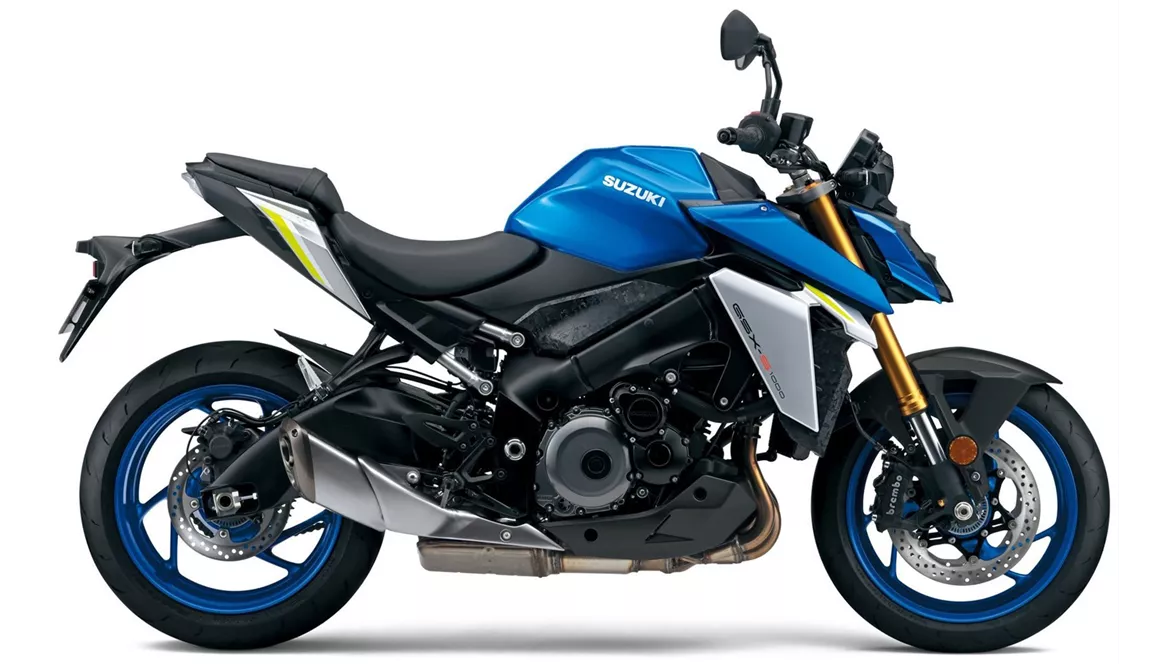
Suzuki GSX-S1000 2022
Vue d’ensemble - KTM 1290 Super Duke R 2021 vs Suzuki GSX-S1000 2022
The KTM 1290 Super Duke R 2021 and the Suzuki GSX-S1000 2022 are both powerful naked bikes with impressive specifications. However, there are some notable differences between the two models.
In terms of engine power, the KTM 1290 Super Duke R 2021 takes the lead with 180 HP, while the Suzuki GSX-S1000 2022 offers 152 HP. This means that the KTM has a more powerful engine, providing a thrilling riding experience with plenty of acceleration and top-end speed. On the other hand, the Suzuki still offers a respectable amount of power and is likely to be more than sufficient for most riders.
When it comes to torque, the KTM again comes out on top with 140 Nm, compared to the Suzuki's 106 Nm. This means that the KTM has more low-end and mid-range torque, resulting in strong acceleration and better performance in lower gears. The Suzuki, while slightly behind in this aspect, still offers a decent amount of torque for an enjoyable riding experience.
In terms of engine configuration, the KTM features a 2-cylinder engine with a displacement of 1301cc, while the Suzuki has a 4-cylinder engine with a displacement of 999cc. The KTM's 2-cylinder engine provides a unique and characterful riding experience, with a deep and throaty exhaust note. The Suzuki's 4-cylinder engine, on the other hand, offers a smoother power delivery and a more traditional sportbike sound.
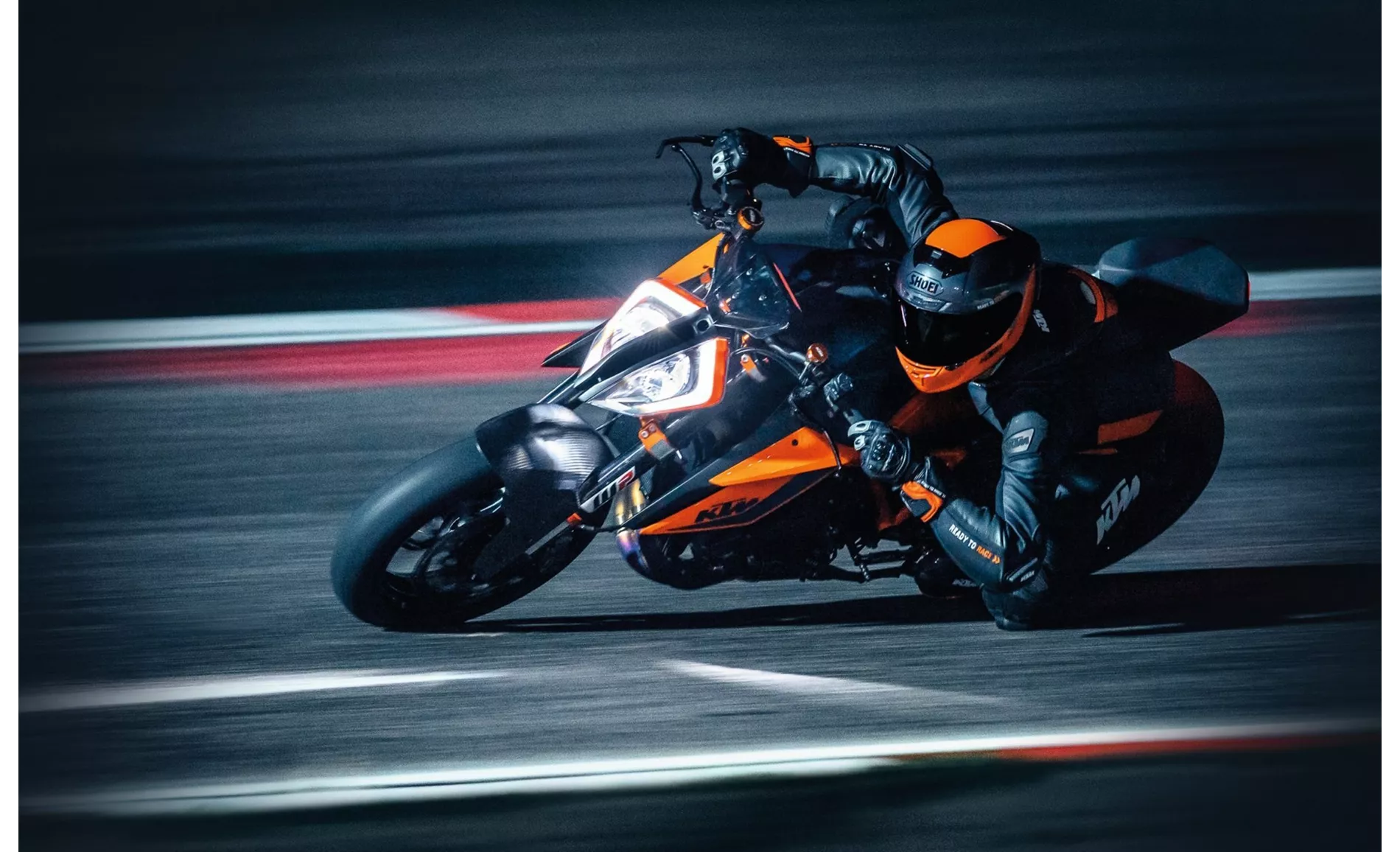
KTM 1290 Super Duke R 2021
Both bikes feature upside-down telescopic forks for the front suspension, providing excellent handling and stability. The KTM has a single swing arm for the rear suspension, while the Suzuki has a swing arm. While both suspension setups are capable of delivering a comfortable ride, the KTM's single swing arm may offer slightly better stability and control.
In terms of chassis, the KTM features a chromium-molybdenum frame, while the Suzuki has an aluminum frame. Both frames are lightweight and provide good rigidity, contributing to the bikes' overall handling and stability. The KTM's tubular frame design may offer slightly better strength and durability.
When it comes to braking, both bikes feature double disk brakes with four pistons at the front. The KTM has larger brake disks with a diameter of 320mm, compared to the Suzuki's 310mm. Both bikes utilize radial, monoblock technology for the front brakes, providing excellent stopping power and control. Overall, the braking performance of both bikes is impressive and should inspire confidence in the rider.
In terms of rider assistance systems, both bikes offer ABS, riding modes, and traction control. The KTM goes a step further with additional features such as cornering ABS, ride by wire, and anti-wheelie control. The Suzuki, on the other hand, offers a shift assistant with a blipper, allowing for smooth and seamless gear shifts. While the KTM's rider assistance systems are more comprehensive, the Suzuki's shift assistant is a standout feature that enhances the overall riding experience.
In terms of dimensions and weights, both bikes have similar front and rear tire widths and diameters. The KTM has a slightly longer wheelbase at 1497mm, compared to the Suzuki's 1460mm. This may result in slightly better stability and cornering performance for the KTM. The seat height of the KTM is also slightly higher at 835mm, compared to the Suzuki's 810mm. This may make the KTM slightly less accessible for shorter riders.
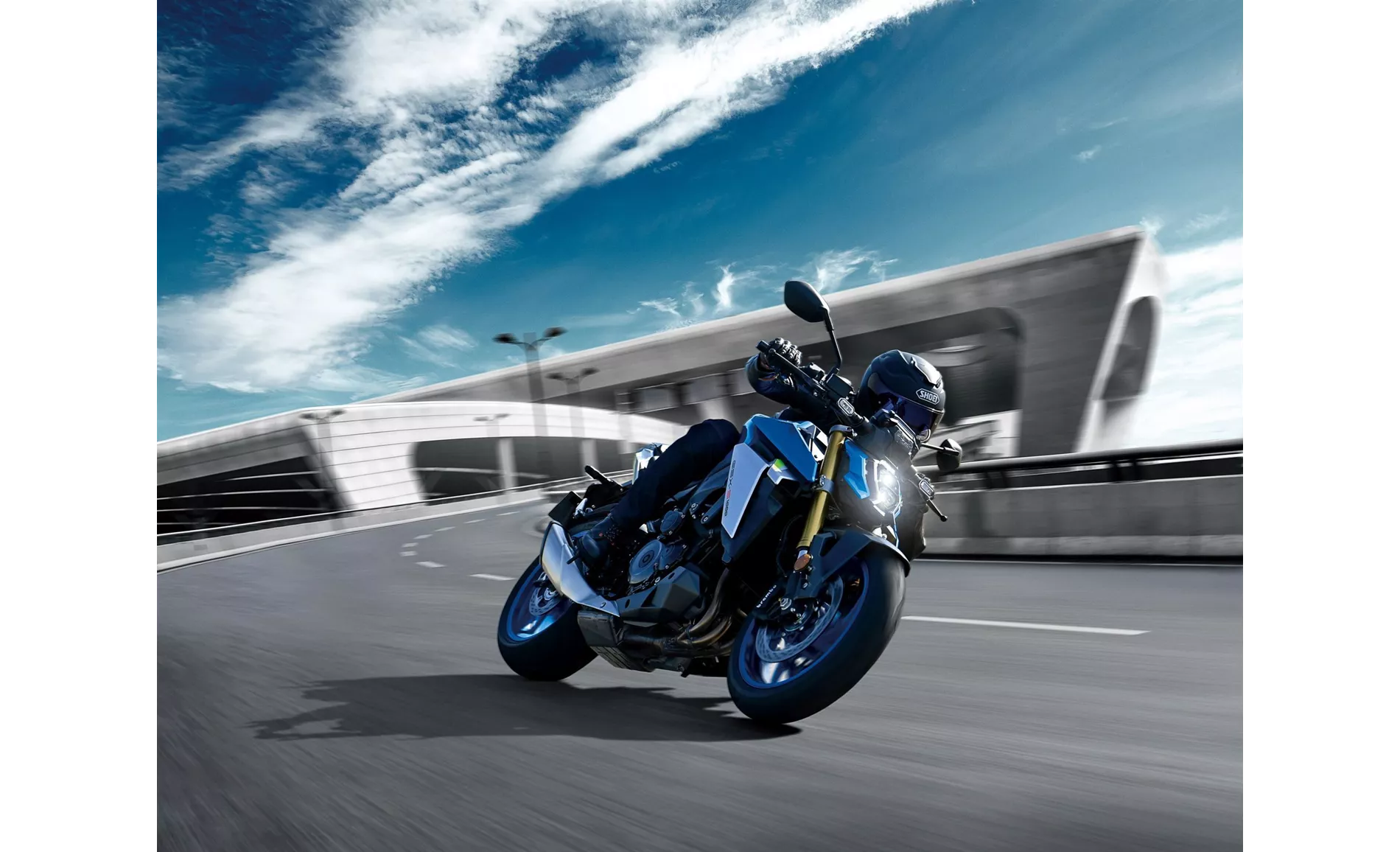
Suzuki GSX-S1000 2022
In terms of range and fuel consumption, the Suzuki has a longer range of 311km, compared to the KTM's 259km. However, the KTM has a slightly better combined fuel consumption of 6.17 l/100km, compared to the Suzuki's 6.1 l/100km. Both bikes offer respectable fuel efficiency considering their powerful engines.
In terms of strengths, the KTM 1290 Super Duke R 2021 stands out with its wonderfully powerful engine, super-agile handling, comfortable seating position, and comprehensive electronics package. The Suzuki GSX-S1000 2022, on the other hand, excels with its superior engine, excellent shift assistant with blipper, balanced handling, bold design, comfortable seating position, and attractive price.
In terms of weaknesses, the KTM lacks a standard shift assistant with a blipper, which is a notable feature found on the Suzuki. The Suzuki, on the other hand, has a less comprehensive electronics package, lacking a 6-axis IMU and cornering ABS. Additionally, the Suzuki's instrument display on the handlebars may be considered somewhat antiquated and not particularly easy to read.
Overall, both the KTM 1290 Super Duke R 2021 and the Suzuki GSX-S1000 2022 are impressive naked bikes with their own strengths and weaknesses. The KTM offers a more powerful engine and a more comprehensive electronics package, while the Suzuki offers a superior shift assistant and an attractive price. Ultimately, the choice between the two will depend on the rider's preferences and priorities.
Caractéristiques techniques KTM 1290 Super Duke R 2021 par rapport à Suzuki GSX-S1000 2022
Avantages et inconvénients en comparaison
Avantages et inconvénients en comparaison
KTM 1290 Super Duke R 2021

La KTM Super Duke R a parfaitement évolué au fil des générations : Le moteur est puissant, a un couple énorme et fonctionne parfaitement dans sa version actuelle, même à bas régime. Mais la performance globale de la grande Duke est due à l'excellente interaction de tous les composants. La position d'assise active est confortable et incroyablement agréable à conduire, le châssis est de haut niveau, les freins sont efficaces et l'électronique est à la pointe du progrès. Même l'esthétique plaît à de plus en plus de critiques. Dommage que le génial assistant de changement de vitesse avec blipper doive être payé en plus.
Suzuki GSX-S1000 2022
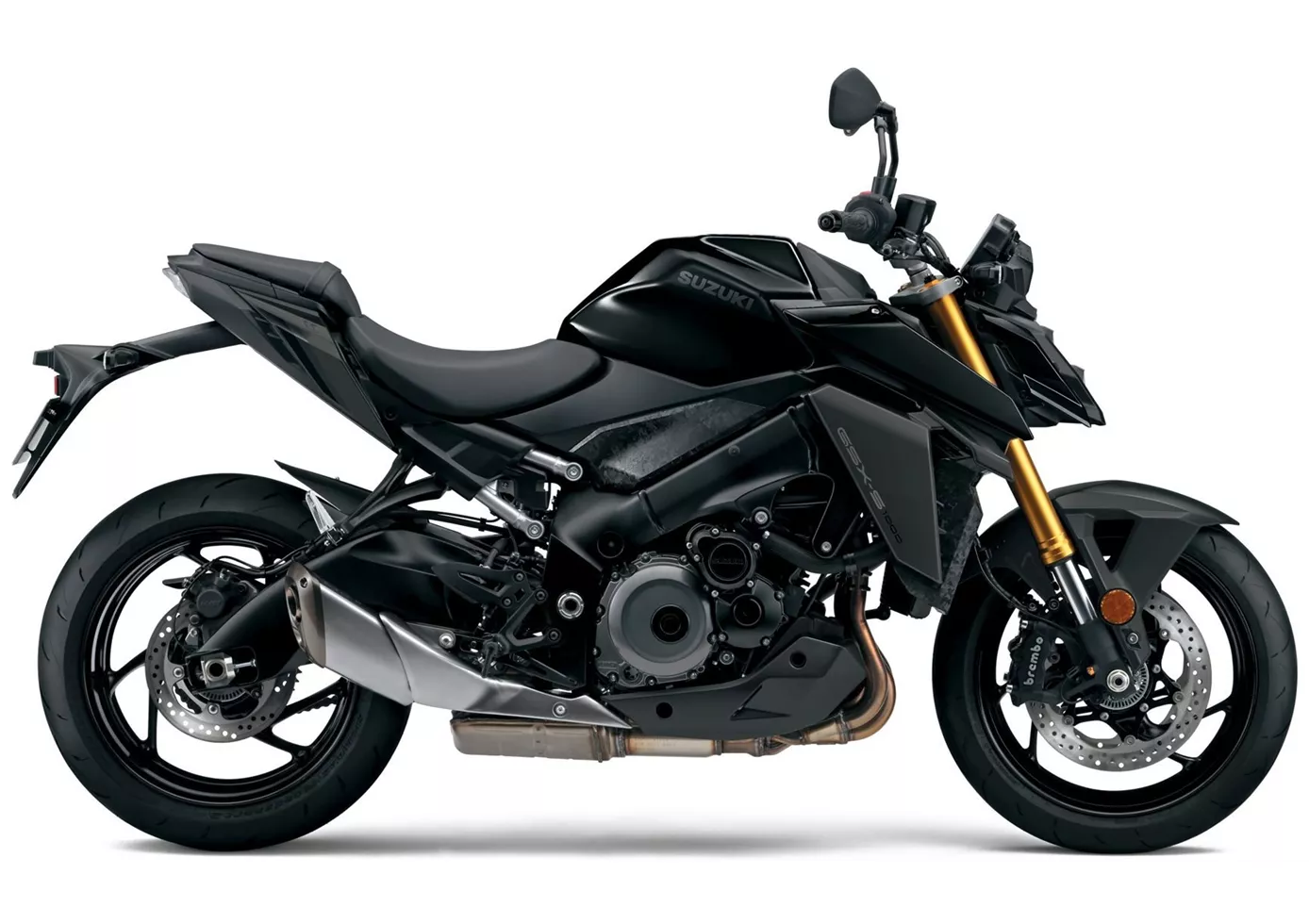
La structure de base de la nouvelle GSX-S1000 est une vieille connaissance - le moteur et le châssis proviennent toujours de la précédente. Cependant, la machine a été modernisée dans de nombreux domaines et se présente surtout visuellement à un niveau extrêmement élevé. Le moteur ne peut certes pas jouer dans la ligue des hyper-nakeds super-puissants, mais il fonctionne de manière très harmonieuse et suffisamment puissante. Le châssis conventionnel est également un bon compromis entre sportivité et confort. Les arguments de poids sont définitivement le design réussi, le Quickshifter de série avec blipper et enfin le prix relativement bas.
Comparaison des prix Prix moyen du marché KTM 1290 Super Duke R vs Suzuki GSX-S1000
There are a few key differences between a KTM 1290 Super Duke R 2021 and a Suzuki GSX-S1000 2022. In terms of price, the actual average price of a KTM 1290 Super Duke R 2021 is about 30% higher. A KTM 1290 Super Duke R 2021 experiences a loss of 660 USD in one year of ownership. This is offset by a loss of 1,510 USD for a Suzuki GSX-S1000 2022. Compared to Suzuki GSX-S1000 2022 there are less KTM 1290 Super Duke R 2021 bikes available on the 1000PS.de Marketplace, specifically 22 compared to 28. It takes less time to sell a KTM 1290 Super Duke R with 91 days compared to 130 days for a Suzuki GSX-S1000. Since model year 2013 1000PS.de editors have written 65 reviews for the KTM 1290 Super Duke R and 36 reviews for the Suzuki GSX-S1000 since model year 2015. The first review for the KTM 1290 Super Duke R was published on 11/8/2012 and now has more than 4,900 views. This compares to more than 17,100 views for the first review on Suzuki GSX-S1000 published on 9/27/2014.


